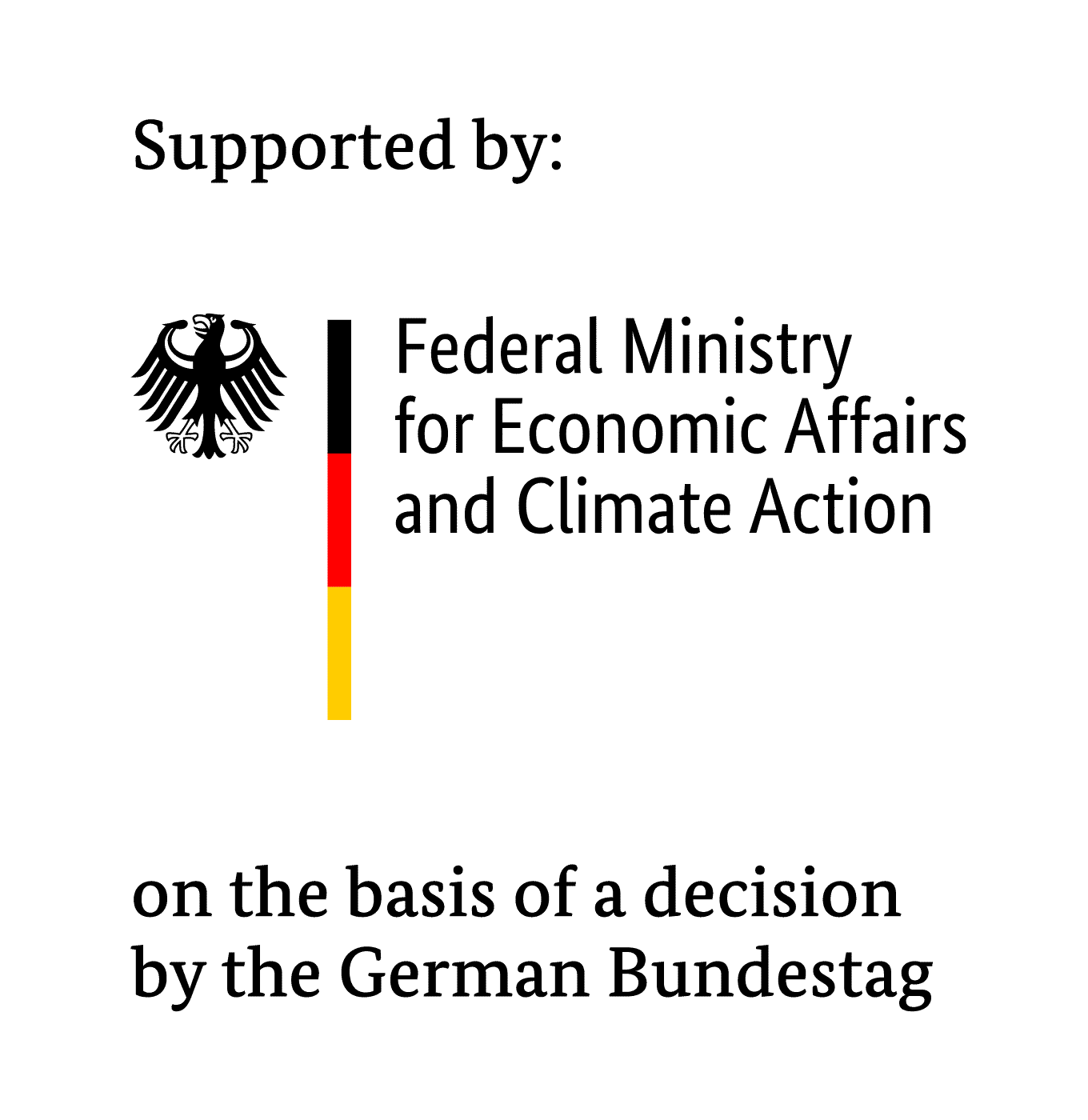Projectname:
Development and validation of a method for the generation of impulse collecting hammer jets for spray cleaning to the bionic model of the archer fish
Workgroup: Hygienic production
Scientific Partners and Guidance:
IGF: 20843 BR
Financing: BMWK
Duration: 2019 – 2022
As part of the research project BionicJet a novel method for the production of pulse collecting hammer jets will be developed for the spray cleaning by the bionic example of the archer fish. At the application case cleaning robot the improved mechanical cleaning effect will be validated as an example for industrial spray cleaning. Archer fishes are able to hit insects resting on leaves above the water surface out of the water with a purposefully used spitting jet. In consequence, the insect falls into the water and is consumed by the fish. Thus, the archer fish developed a mechanism to concentrate the spitted water jet to a kind of water clot. This unique hunting principle is the role model for the new cleaning method.
Preliminary investigations demonstrated the fundamental feasibility and the enormous potential of the pulse collecting hammer jet principle for liquid jets. In laboratory tests a defined fluid accumulation on top of the jet was achieved. The thereby generated peak forces amounted to the 7.5-fold by a 10 times larger cleaned area and equal detergent consumption! This pledges an unprecedented mechanical cleaning effect, even at low operating pressure. Since the high peak forces impinge only over a short time, the cleaning process is gentle. Additionally, resources like time, water, chemistry, and energy can be saved up in large measure. The demonstrator that is to realize in the project in application on the two areas robot-assisted cleaning of industrial parts and food processing plants represents the basis for industrial usage. Especially KMU benefit because the archer fish technology is suitable for the easy retrofitting of existing cleaning systems. By successful validation of the method, other extensive exploitation opportunities for example in the cleaning of tanks or buildings as well as the fire fighting are probable.

The IGF project presented here by the Research Association of the Industrial Association for Food Technology and Packaging (IVLV e.V.) is funded by the Federal Ministry for Economic Affairs and Climate Action as part of the program for the promotion of industrial community research (IGF) based on a decision of the German Bundestag.